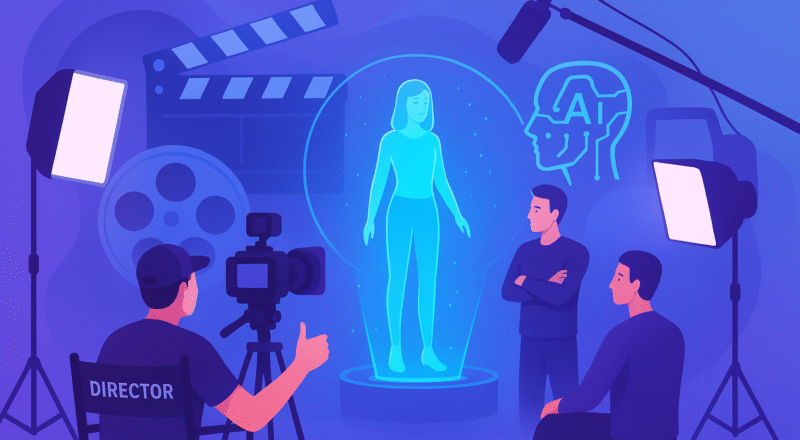🎬 Introduction
Hollywood has always been quick to adopt technology — from CGI in the ’90s to streaming in the 2010s. But in 2025, AI and generative technology are redefining how movies and shows are made. From AI-written scripts to digital doubles, the U.S. entertainment industry is entering uncharted territory.
🤖 AI Behind the Camera
-
Scriptwriting with AI
-
Studios are experimenting with AI-assisted screenplays.
-
While still guided by human writers, AI helps in brainstorming dialogue, structuring plots, and analyzing audience preferences.
-
-
AI Editing & VFX
-
Visual effects teams now use AI to generate realistic CGI at a fraction of the time.
-
Deepfake tech is powering “de-aging” actors or resurrecting characters from decades past.
-
👩🎤 AI in Front of the Camera
-
Digital Doubles: Stars like Tom Cruise and Keanu Reeves already have digital replicas licensed for use in stunts and commercials.
-
Synthetic Extras: Crowd scenes in Hollywood blockbusters are increasingly filled by AI-generated extras instead of thousands of paid actors.
-
Voice Cloning: Animated films are experimenting with AI voice actors for minor roles.
⚖️ The Ethics Debate
AI in Hollywood has triggered fierce debates:
-
Actors & Writers Guilds demand protections against AI replacing human talent.
-
Legal gray areas: Who owns the likeness of a deceased actor when used by AI?
-
Audience pushback: Some viewers worry films may lose their “human touch.”
📊 American Audience Reactions (2025 Survey Highlights)
-
65% of U.S. moviegoers say AI should only be a tool, not replace human creativity.
-
40% of younger audiences (18–24) are open to AI-generated content if it’s “good entertainment.”
-
Majority of critics argue AI could dilute originality but acknowledge cost savings for studios.
🔮 What’s Next?
-
Expect more AI-powered franchises, with studios using predictive models to greenlight sequels.
-
Indie filmmakers may leverage AI to produce Hollywood-quality films on smaller budgets.
-
U.S. regulations on AI in film production are likely to arrive within the next 2–3 years.
